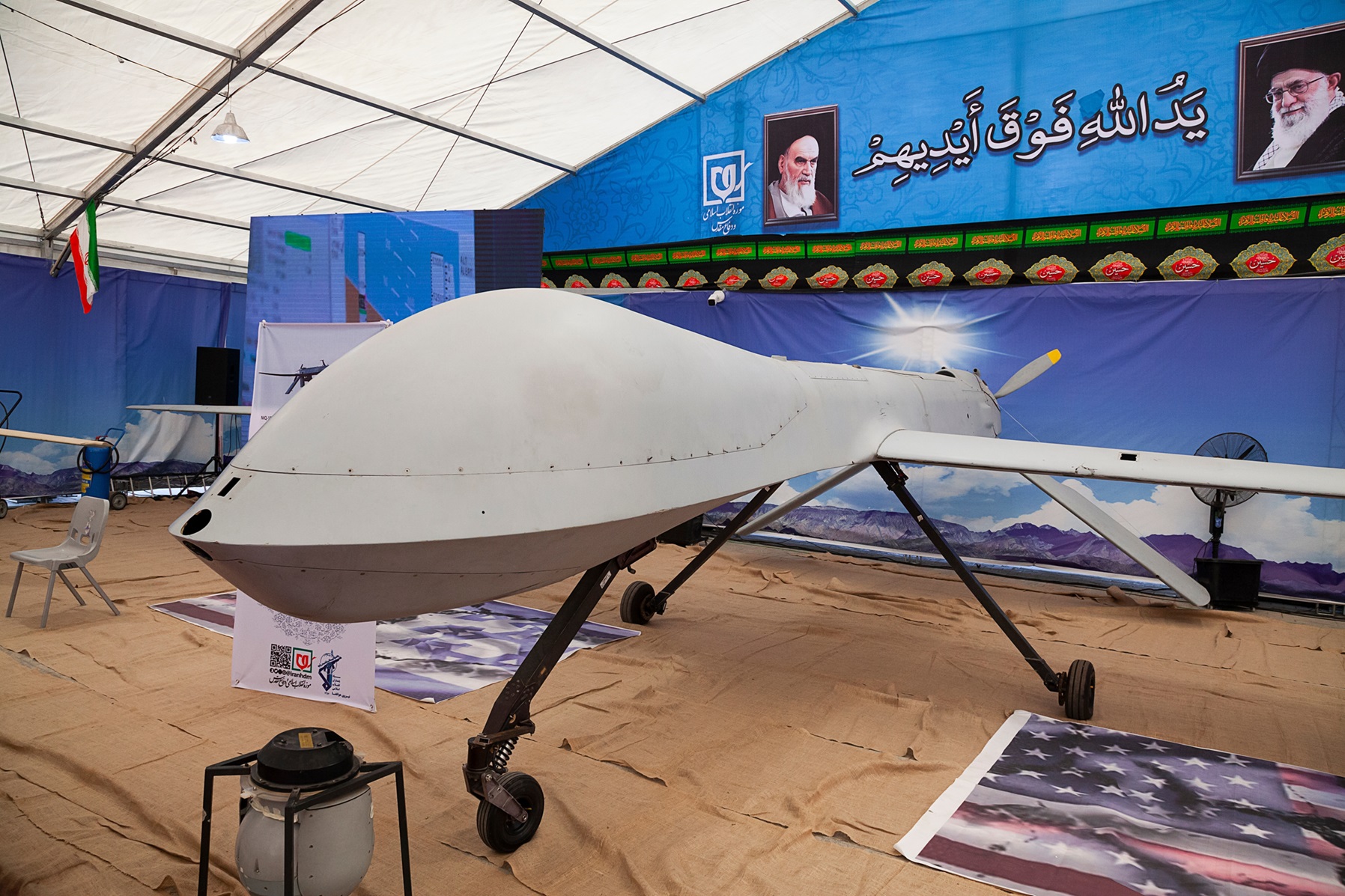Daniel Pipes

“Everything changed” in Israel on Oct. 7. But did it? Understanding the mistakes that led up to the Hamas massacre provides a basis to evaluate Israel’s long-term response to that day. Contrary to general opinion, I shall argue that the presumptions behind those mistakes remain in place and will not change unless Israelis adopt a radically different attitude toward the Palestinians.
The Road to Oct. 7
Israeli military planners coined a Hebrew term, conceptzia, “the concept,” in the late 1960s. It held that Egypt’s Anwar el-Sadat would not go to war until 1974, when his military had acquired advanced Soviet fighter jets that permitted it to take on the Jewish state’s air force. Israel’s Agranat Commission, which investigated how the Egyptians and Syrians surprised Israel in the Yom Kippur War of October 1973, largely blamed the conceptzia for a blindness to the preparations taking place before its very eyes.
The future commission inevitably analyzing Israel’s unpreparedness on Oct. 7, 2023, will surely blame that surprise on a second erroneous conceptzia. It held that, David Makovsky of the Washington Institute for Near East Policy explains,
under the heavy burden of governing the Gaza Strip, Hamas would feel the need to prove itself through economic performance. Specifically, economic inducements towards Hamas would moderate its foundational belief that Israel is an illegitimate entity whose very existence must be extinguished and its citizens killed. This Israeli conceptzia was driven by many factors, but at its core, it was based on the idea that Hamas was undergoing an organizational evolution in which it would now value even modest increases in living standards in Gaza. Economic advancement would bring calm, as it gave Hamas something to lose.



















